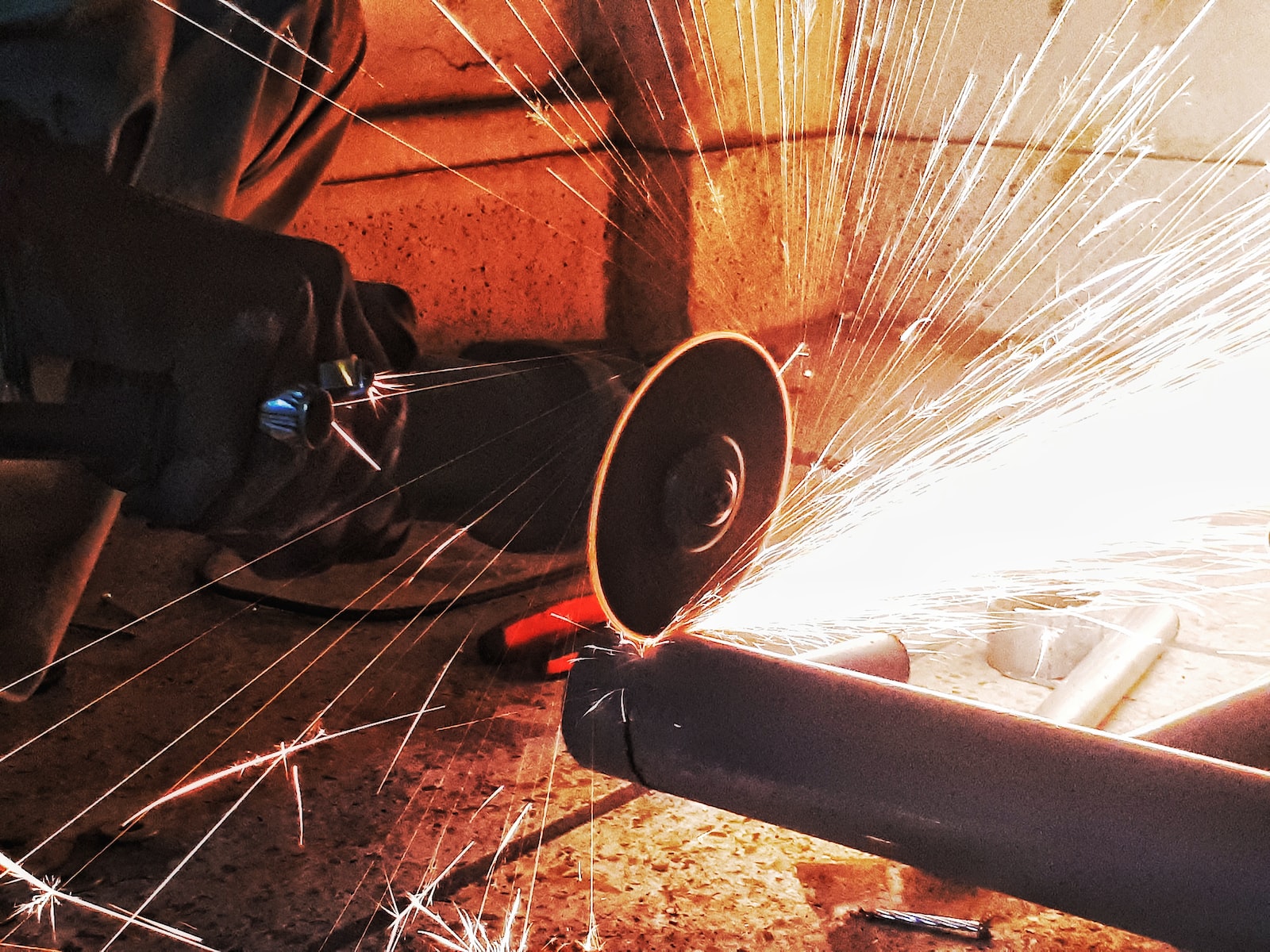We must use less steel to reduce emissions, study warns
We cannot rely on technological solutions, such as carbon capture, to tackle emissions from the steel industry, a new study has warned.
Steel is crucial to construction and engineering, but the material is responsible for 7% of global emissions, with 45 countries committing to near-zero-emission steel within the next decade.
To achieve this, countries must get used to using less steel, rather than rely on future technologies, according to the report.
The Japanese focused study found that the country has aims to reduce steel emissions by 46% by 2030 and reach zero emissions by 2050, but the roadmap depends heavily on future developments in carbon capture and storage (CCS) and hydrogen-based technologies.

Dr. Takuma Watari, a researcher at the National Institute for Environmental Studies in Japan, says this underestimates the difficulties of developing these technologies and deploying them on a large scale. He said: ‘These technologies still face serious technical, economic, and social challenges, and have yet to be implemented at scale. And importantly, it is highly uncertain whether there will be sufficient non-emitting electricity to use these technologies.’
Research looked at how Japan’s steel industry currently works and revealed how the industry could change under strict carbon budgets.
Current methods would result in a dramatic decrease in steel quality and quantity under a zero-emission carbon budget, due to a lack of resources.
Dr. Watari continued: ‘Zero-emission steel production is possible by 2050, but in limited quantity and quality compared to current total production. This is due to the limited availability of zero-emission compatible resources and downcycling practices of scrap steel.’
Technological innovations may not be ready in time to maintain steel production levels, with estimates that production could halve compared to current levels under a zero-emission carbon budget.
The report recommends new strategies to reduce the demand for steel, improve material efficiency and to upcycle high-grade materials from scrap steel.
Dr. Watari concluded: ‘We do not deny the need to invest in innovative production technologies. Rather, what we want to highlight is that we should look for far more strategic options, instead of simply relying on silver bullet production technologies. Placing material efficiency and upcycling at the heart of decarbonisation plans can reduce the over-reliance on innovative production technologies and prepare for the risk that these technologies may not scale up sufficiently in time.’
Photo by Karan Bhatia












